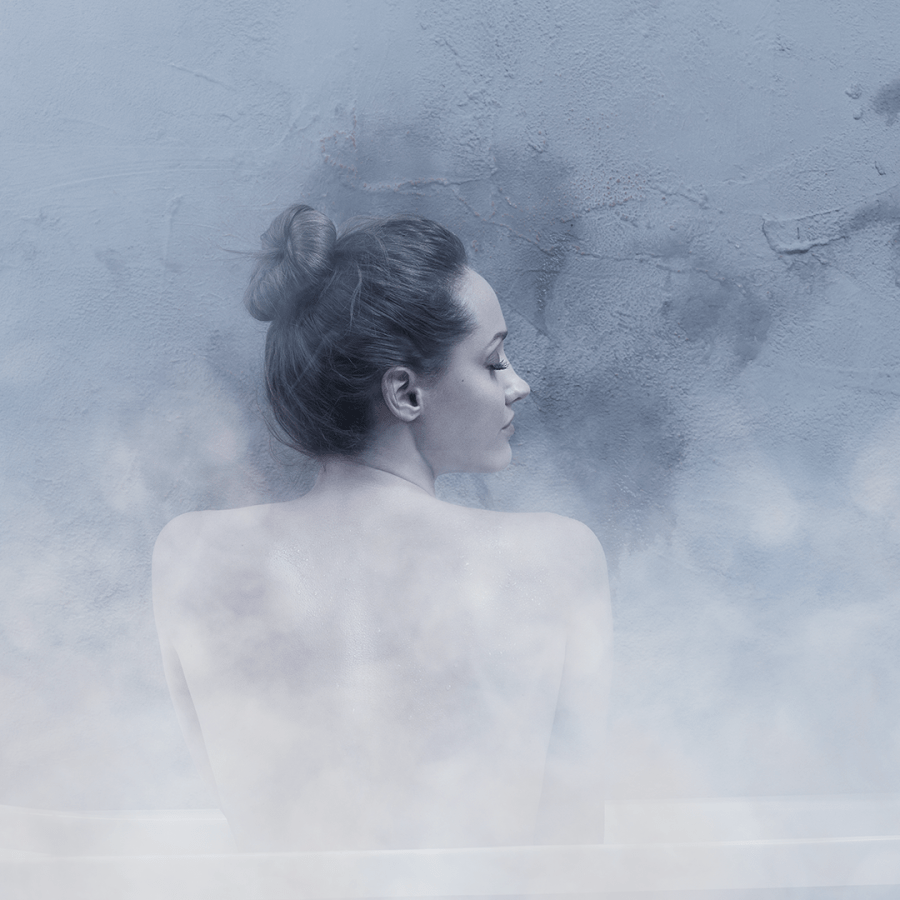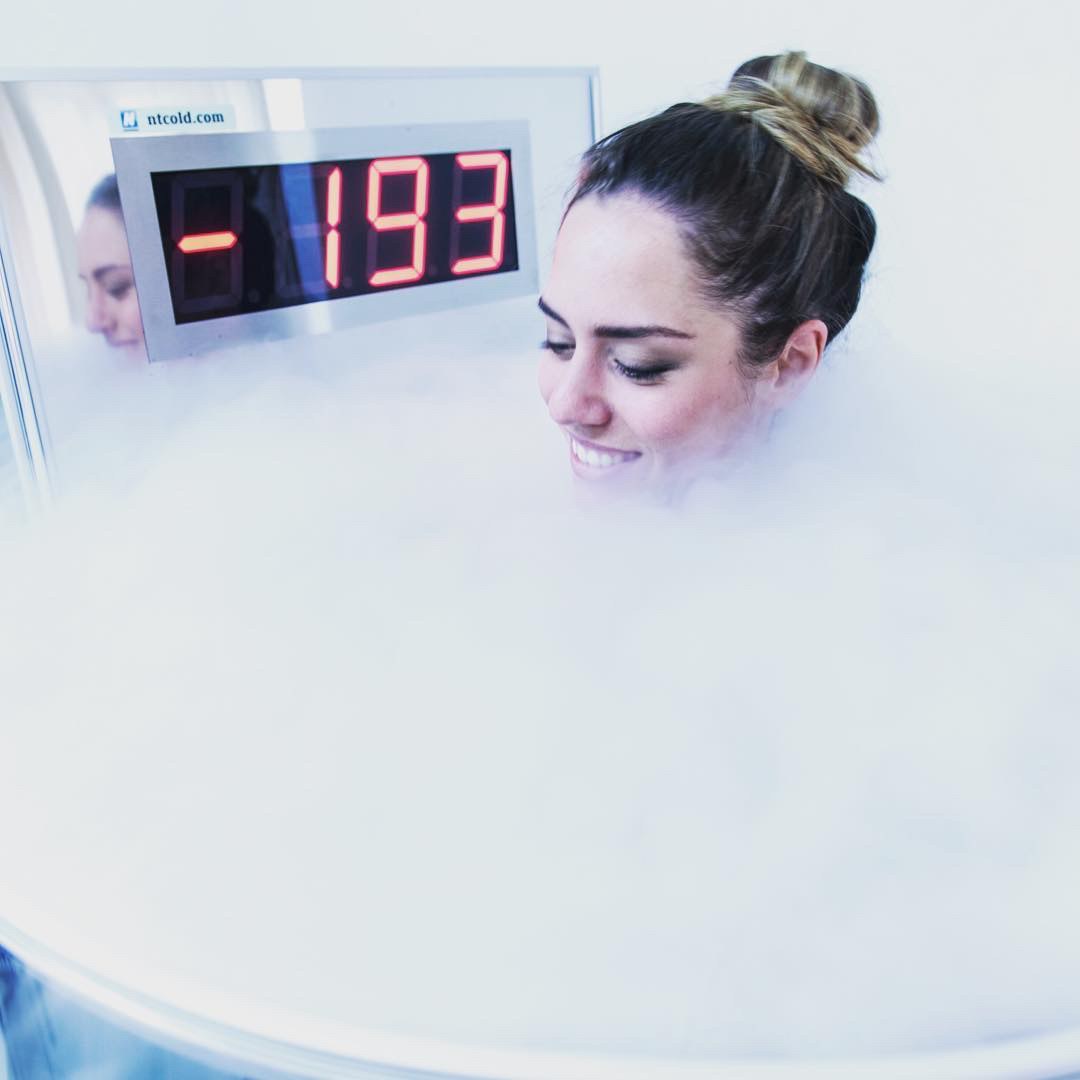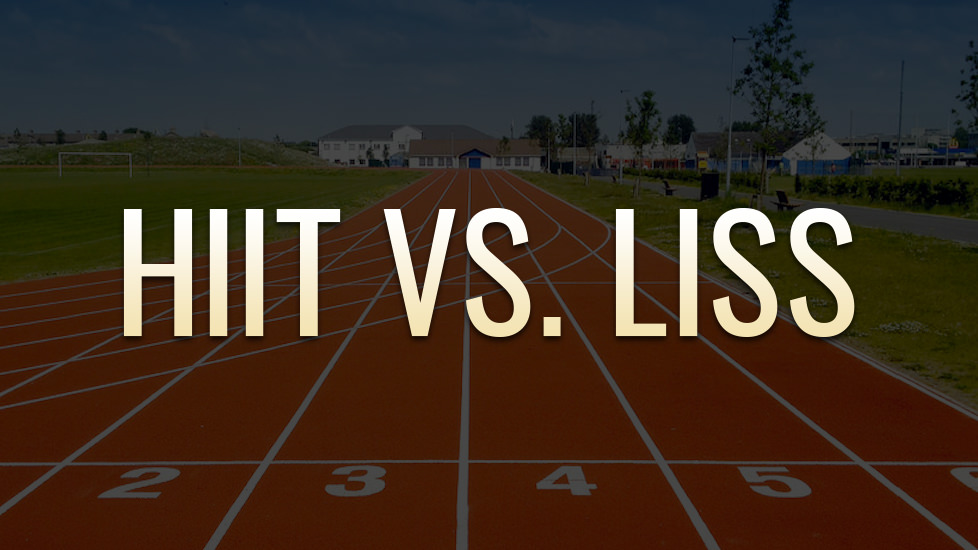We’re gonna be looking at the idea that cryotherapy improves recovery from training and just to be clear we’re gonna be using cryotherapy in its etymological context which derives from the Greek cryo meaning cold and therapy meaning to cure.
So basically any form of therapy that involves cold treatment and just to differentiate here modern whole body cryotherapy is when you just sit in a really cold room set at negative 100 to about negative 200 degrees Celsius for 3 or 4 minutes and a related form of cryotherapy is cold water immersion therapy which is when you just sit in a cold water bath for 10 minutes.
Where did this myth come from?

At least 2500 BC, when ancient Egyptians would use cold compression treatments for wounds and inflamed injuries. There’s also the record of Napoleon’s surgeon using the extreme cold as an anesthetic in the late 1700s and through the 19th and 20th centuries, cold treatments remained popular and medical practice with applications and treatments of headaches neuralgia and specific cancers. However, it wasn’t until 2002 that ice baths became all the hype and sports circles when English long-distance runner Paula Radcliffe attributed her gold medal in the 2002 European Championships to ice treatment.
The mainstream popularity of the more modern whole body cryotherapy has even more recent than that. Although the first cryotherapy chamber was built in Japan in the late 1970s. It’s only been widely available in the United States for the last decade or so and since then it’s really just blown up in mainstream fitness circles but if the real question is is all of that hype justified.
What does the science say?

A 2016 study comparing the recovery effects of whole body cryotherapy and cold water immersion therapy in ten subjects. After performing five sets of 15 reps on the leg curl found that at 0, 24, 48, and 72 hours after training cold water immersion was better at improving recovery than whole body cryotherapy and that was measured by a muscle soreness, countermovement jump height, and creatine kinase levels which is a marker for muscle damage. While whole body cryotherapy is a newer methodology all of the research that we currently have comparing it to cold water immersion basically shows it to be worse.
Including a 2013 meta-analysis, comparing the two so cold water immersion definitely seems to be better than whole-body cryotherapy.
What is the effect on muscle soreness?
A very comprehensive 2015 systematic review and meta-analysis looking at 36 articles found that overall cooling treatments did significantly lower the symptoms of delayed onset muscle soreness at the 24-hour mark compared to the control condition which basically just involves sitting or standing in a room set at a comfortable temperature.
This soreness reduction continued for up to 96 hours and all the studies included that looked at that. However, muscle soreness may not be the best gauge of recovery especially given how subjective its measurement is and the authors noted that cooling didn’t affect objective recovery variables such as lactate levels creatine kinase levels or interleukin 6 levels.
There are also a number of other limitations with this research probably the main one is that it’s virtually impossible to blind the subjects, in this case, so they’re fully aware of whether they’re in the treatment group that’s getting the ice bath or the control group that isn’t getting the ice baths and I think that that leaves them very susceptible to the placebo effect. It could very well be the case that since there is such a widespread belief that this cold treatment therapy is effective at reducing the soreness that could sort of be playing into the subjective reports of these subjects in terms of their own perceived levels of muscle soreness, after training and in the days after the ice bath.
This present analysis is that some sort of cryotherapy seems to be better than just sitting there basically doing nothing at reducing delayed onset muscle soreness. However, that doesn’t speak to how it might stack up against other recovery modalities such as doing a 10-minute post-workout cooldown and in fact, a recent issue of the mass research review highlights some newer research showing that Coldwater immersion therapy doesn’t improve recovery better than a simple 10-minute low-intensity bout of cycling.
A 2017 study in the Journal of physiology notes that no research has examined whether Coldwater immersion reduces local inflammation in human skeletal muscle after a resistance training and it also points out that the repair of skeletal muscle tissue following injury is complex and involves interactions of a ton of different mediators and pathways and it’s not even clear that reducing inflammation is the best way to recover from exercise.
In fact some research shows that reducing inflammation and muscle after injury often in kids muscle repair and while their overall conclusion had a very skeptical toned, authors do acknowledge that less muscle soreness after intense exercise may be the most consistent effect of cold water immersion but still as of 2017 the mechanisms through which cold water immersion reduces soreness is still unknown.

In 2015 Roberts and colleagues, split 21 trained men into two groups both groups trained lower body only twice per week for 12 weeks but one group underwent ten minutes of Coldwater immersion after every training session and the other group did 10 minutes of low-intensity cycling after every session and after the 12 weeks the simple cycling group saw improved muscle mass and improved strength more so than the Coldwater group for every measure that they tested.
In a follow-up study, the same research group determined that the muscular and performance detriments from the Coldwater therapy were likely due to a dampened anabolic signal and from decreased satellite cell activity. The authors concluded that the present findings contribute to an emerging theme that cold water immersion and other strategies that are intended to mitigate and improve resilience to physiological stress associated with exercise may actually be counterproductive to muscle adaptation.
Conclusion
Cryotherapies may reduce muscle soreness after training, however, it isn’t clear how they may stack up against other recovery modalities.
.In fact they make on that quite a cost when it comes to muscle hypertrophy and performance adaptations. It does seem to be the case that they might reduce muscle soreness in the days following training. However, I think there are methodological flaws with that body of research and I would also point out that there are other recovery modalities things like just having a simple ten-minute cooldown on the bike following training or doing some foam rolling may also be an easy way to sort of reduce that muscle soreness and in my opinion it might be a cheaper and perhaps more bearable way to reduce soreness and dunking yourself in a tub of cold water after training.
IN THIS POST:
References:
https://www.ncbi.nlm.nih.gov/pubmed/29161748
https://www.ncbi.nlm.nih.gov/pubmed/27704555
https://journals.plos.org/plosone/article?id=10.1371/journal.pone.0139028
https://www.ncbi.nlm.nih.gov/pubmed/28980321
https://www.ncbi.nlm.nih.gov/pubmed/26174323
https://www.ncbi.nlm.nih.gov/pubmed/23434565
https://www.ncbi.nlm.nih.gov/pubmed/28944266
https://www.ncbi.nlm.nih.gov/pubmed/22336838
https://www.ncbi.nlm.nih.gov/pubmed/21947816
https://www.ncbi.nlm.nih.gov/pubmed/23539314



